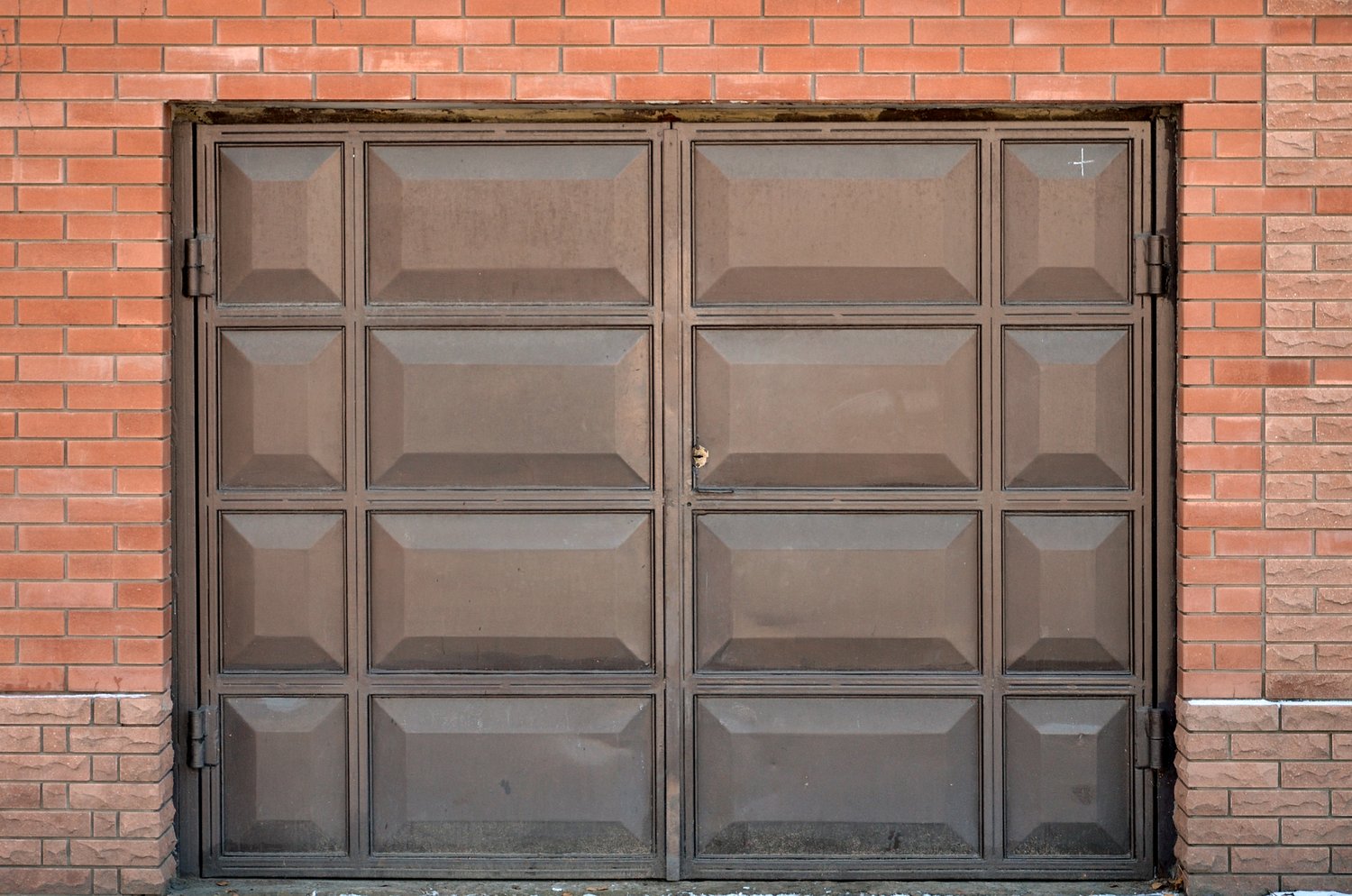Garage door problems can be frustrating, inconvenient, and sometimes dangerous if not addressed properly. From broken springs to doors that come off their tracks, these issues can range from minor nuisances to major safety concerns. This article covers the most common garage door problems homeowners face, offering practical troubleshooting tips to help you identify when you can handle a repair yourself and when it’s time to call a professional. We’ll explore issues with springs, tracks, openers, and sensors, while providing guidance on typical garage door repair common problems cost and safety considerations.
Understanding Your Garage Door System
Before diving into specific problems, it’s important to understand the basic components of your garage door system. A typical garage door consists of the door itself, tracks, rollers, springs (torsion or extension), cables, and an automatic opener with safety sensors. Each component plays a crucial role in the door’s operation. When you experience issues, understanding how these parts work together can help you diagnose the problem more effectively. Many homeowners attempt DIY fixes without this fundamental knowledge, which can lead to improper repairs or even injuries. According to maintenance experts at AskHomey, proper understanding of your garage door’s mechanics is essential for safe troubleshooting and can save you significant money on unnecessary service calls.
Broken Springs: The Most Common Repair
Broken garage door springs rank among the most frequent repair needs and can be dangerous to handle. These powerful components counterbalance your door’s weight, making it possible to open manually or with minimal power from an opener. When a spring breaks, you’ll typically hear a loud bang, and your door may become extremely heavy or impossible to lift. The average garage door repair common problems cost for spring replacement ranges from $150 to $350, depending on the type and number of springs needed. While replacing springs might seem straightforward, it’s one repair that’s rarely recommended for DIY. The tension in these components can cause serious injury if mishandled. Professional technicians have the proper tools and training to safely replace springs without putting themselves or your door system at risk.
Fixing a Garage Door Off Track
A garage door that’s come off its track represents another common but potentially dangerous situation. This usually happens after an impact (like backing into the door), from bent tracks, or when rollers wear out and jump their track. To fix garage door off track spring issues, start by disconnecting the opener (if present) by pulling the emergency release cord. Inspect the tracks for obvious bends or obstructions. Minor track misalignments can sometimes be corrected by loosening the mounting brackets, adjusting the track to the proper position, and retightening. However, severely bent tracks usually require replacement. Never attempt to operate a door that’s off its track, as this can cause additional damage or safety hazards. If the tracks appear significantly damaged or if the door is binding when manually operated, it’s time to call a professional, as proper realignment requires precision to prevent future issues.
Garage Door Opener Troubleshooting
When your automatic opener fails, several issues might be the culprit. Begin garage door opener troubleshooting with the simplest explanations: check if the opener is receiving power, verify that the remote batteries aren’t dead, and ensure nothing is blocking the safety sensors. If the opener runs but the door doesn’t move, the disconnect switch might have been activated. For openers that make grinding noises or struggle to lift the door, the gear and sprocket assembly could be worn or the door might be unbalanced due to spring issues. Most modern openers have diagnostic lights that flash in specific patterns to indicate particular problems—consult your manual to decode these signals. Software glitches in smart openers can often be resolved by resetting the unit. If basic troubleshooting doesn’t resolve the issue, the internal circuit board, motor, or other components may need professional attention.
Safety Sensor Problems and Solutions
Modern garage doors are equipped with safety sensors that prevent the door from closing if an obstruction is detected. These sensors are positioned about six inches from the floor on both sides of the door and must be properly aligned and clean to function correctly. When these sensors malfunction, your door may reverse when closing or refuse to close entirely. Check for obvious issues like dirt on the sensor lenses or objects blocking the invisible beam between sensors. Sometimes, bright sunlight or reflected light can interfere with these photoelectric eyes. Try cleaning the sensors with a soft cloth and check that both sensor lights are illuminated steadily (usually green or amber). If the indicator lights are blinking, the sensors are likely misaligned. Gently adjust their position until both lights remain steady. Persistent sensor issues might indicate wiring problems or defective sensors that require replacement.
When to Call a Professional
While some garage door issues can be handled by homeowners, certain problems demand professional attention. Any work involving springs, cables, or structural components can be dangerous without proper tools and training. If your door is severely damaged, completely stuck, or operating erratically, a technician’s expertise will ensure safe, proper repairs. Remember that garage door repair common problems cost is typically far less than the potential expenses of improper DIY attempts or the medical bills from accidents. Most professionals charge between $80 and $200 for service calls, with additional costs for parts and labor depending on the specific repair needed.
For more tips and to connect with reliable home service professionals, follow AskHomey on Facebook and Instagram.



